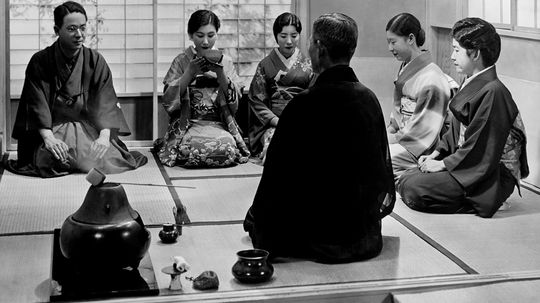Culture & Traditions
Cultures and Traditions takes a look at how people interact with each other. This might be through sub-cultures, relationships, fads or religion and spirituality.

Inside LA's Forest Lawn, Where the Biggest Celebrities Rest in Peace

Is Human Composting the Greenest Burial Option?

What's With Germany's Strict Burial Regulations?

Unleashing Majestic Power: Exploring the Symbolism of Lion Tattoos

Unveiling the Profound Symbolism of Spider Tattoos
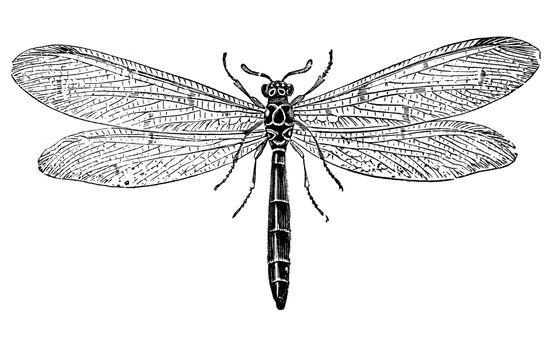
Unraveling the Symbolic Tapestry of Dragonfly Tattoos: Meanings, Designs, and Transformative Power

The 10 Weirdest Foods in the World Have Us Struggling to Finish Lunch
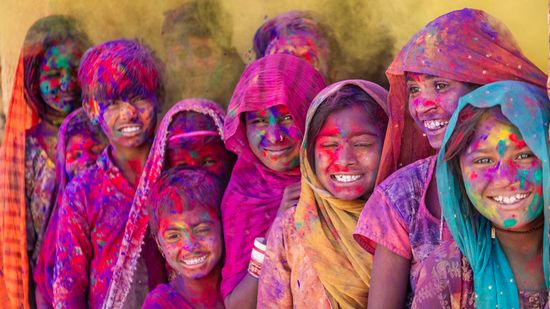
13 Indian Festivals That Celebrate Life, Love and Renewal

10 Japanese Festivals With Distinctly Different Vibes

12 Weird Words That Don't Always Mean What They Used To

5 Types of Communication You Didn't Know You're Using

The Most Common Words in English Aren't Nouns or Verbs
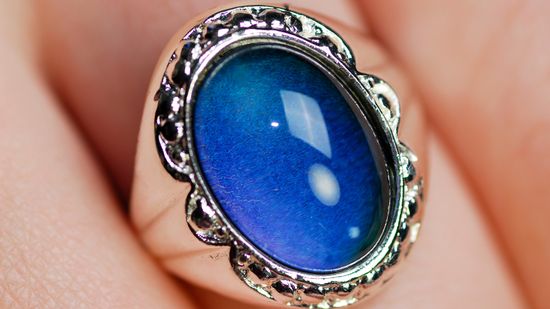
What's the Science Behind Mood Rings?
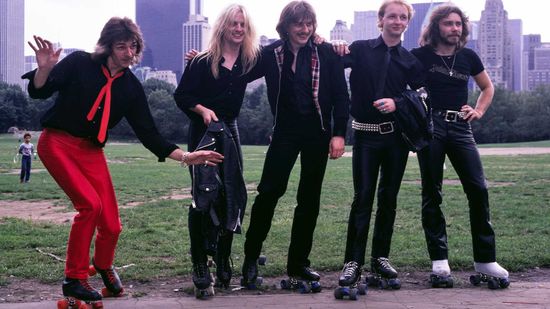
10 Things We Love to Hate About the '70s and '80s

Celebratory Yard Signs Are Having a Major Moment

5 Family Traditions for New Babies

5 Family Anniversary Traditions

5 Family Traditions for Daughters

13 Types of Dragons Humans Have Dreamt Up Over Millennia

Foo Dog: A Mythical Mix of Lion and Chow Chow

Are Black Magic Spells Powerful? The Truth Behind Their Strength

20 Old Money Last Names That Scream Aristocracy

20 Most Common Surnames in the U.S. (and What They Mean)

What Are the Most and Least Popular Birthdays in the U.S.?

90s Slang You Don't See Anywhere but TikTok Anymore

7 Gen Z Characteristics to Help You Understand Zoomers

10 Millennial Characteristics to Decode a Generation

How Many Sentences Are in a Paragraph, Really?

All About Adjectives: Examples, Types and Uses

Simile Examples in Literature and Everyday Language

Russian Christmas Traditions: Jan. 7, Nativity Fast (Not Feast!) and More

Origins of Santa Claus: A Turkish Saint and American Poetry

The Origins of Christmas and a Roman Sun God's Birthday

Mexico's Flag Represents Ancient History and Everlasting Hope

5 Black-Red-Yellow Flag Designs Around the World

Which Blue and White Flag Is That? 9 Possibilities

How to Tell If She’s Cheating: Common Clues and Behaviors

Signs She’s Not in Love with You – She’s Just Playing Along

7 Signs He Likes You More Than Just a Friend

The Origins of Yoga: Spirituality, Meditation, and Wholeness

Origins of Hinduism and a Constantly Evolving Religion

The Origins of Buddhism: A Very Brief History

The Zizians: A Strange and Dangerous Techno-Cult

How Synanon Went From Rehab Philosophy to Violent Cult

Branch Davidians and David Koresh's End of the World

Quiz: Finish That Jingle!
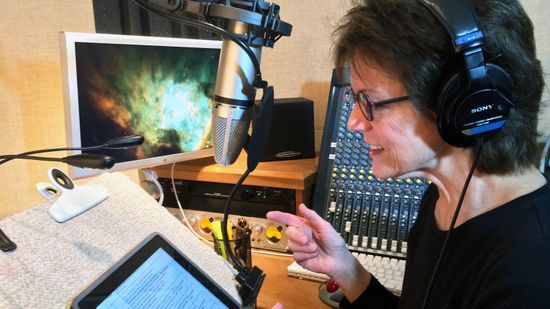
How One Woman Unexpectedly Became the Voice of Siri
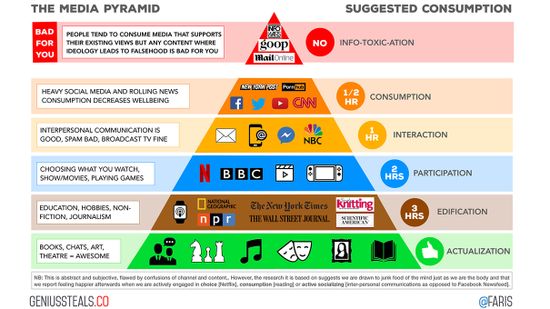
There's a Healthier Way to Consume Your Media
Learn More / Page 35
Jamaica is known as "the biggest little country in the world" for good reason. This tiny island is globally renowned for its food and music, but what do Jamaicans themselves hold dear?
Cuba is a country rich in culture and tradition, but it seems a little lost in time, too. Learn more about this fascinating place.
By Sara Elliott
Judaism is one of the world's oldest religions, so it's not surprising that its people have some of the most interesting and meaningful wedding traditions of any group. Learn what makes Jewish nuptials so unique in this article.
Advertisement
Coping with the loss of a friend or family member is difficult, no matter what your faith. All religions have funeral rites and traditions for dealing with death, and Islam is no different. What are some Muslim funeral traditions?
Traditions are strong and long-lasting in Christian households. Some of these you may know well, but others could surprise you.
By Sara Elliott
Culinary gems like boiled peanuts, cheese grits and sweet tea rose out of the American South. What other greats can the South claim?
By Debra Ronca
For Native Americans, music used not only for entertainment and sacred activities, but for educational purposes and the preservation of their various languages. Read on to learn about Native American music traditions.
Advertisement
When even a light breeze can threaten your carefully planned unity candle ceremony, something less finicky than fire might be the way to go. What are sand ceremonies, and what visual poignancy can they add to your wedding?
By Julia Layton
Steeped in legend and tradition, the Ethiopian coffee ceremony unites family and friends in conversation, community and a serious caffeine buzz. Learn how it works here.
A centuries-old wedding tradition, the jumping the broom ceremony is still performed in several cultures today. Learn its history and how it works.
A tea ceremony isn't your average tea party. No scones or Mad Hatters here. Rather, a tea ceremony is a solemn, symbolic and profound affair.
Advertisement
Whether you're freezing cold in the middle of winter or just want to armchair travel to your favorite exotic beach, these tropical traditions can be incorporated into your home any time of year.
If you or your beloved need a little help in the gift-giving department, perhaps it's time to consult the traditional anniversary gift list!
By Alia Hoyt
Whether it's a birthstone ring that you got on your 10th birthday or a necklace set with each of your children's birthstones, you've probably seen or worn birthstone jewelry over the years. But where did birthstones originate?
By Garth Sundem
A new baby is on the way, and there's no better way to celebrate and equip the new mom with essentials than to have a baby shower. What are some traditional games to play at the party?
Advertisement
Games are a typical part of wedding showers, and they actually serve a purpose. Check out these 10 traditional activities, and find out why we play them.
In Latin American cultures, the quinceañera not only marks a girl's 15th birthday -- it also symbolizes her maturity. What are some of the celebration's exciting traditions?
By Jane McGrath
Kwanzaa is a festive occasion, tempered by meditation, discussion, reflection and camaraderie. Read on to learn about the seven-day holiday's history and traditions.
It's fair to say that in other places, in other times, weddings could be rather crazed affairs, and the garter toss served to make things a little less crazy. But how did this tradition come about?
Advertisement
If you don't live amid the soaring peaks of the Himalayas, you may not have heard of this unique human burial practice. So, how does sky burial work?
By Robert Lamb
Quinceañeras celebrate Hispanic girls' transition to womanhood and official entrance into society. What makes them different from run-of-the-mill birthday parties?
By Cristen Conger & Yara Simón
Sometimes, there are things we do as part of a tradition without really considering where the practices may have started. What are some of the common traditions we take part in today that may have surprising origins?
By Garth Sundem
Like anything in human history, many traditions have evolved from old ideas that we may see as a little strange today. How did some of our most common wedding traditions come about?
Advertisement
Learn about the importance of family traditions in building relationships, tips for reinvigorating old traditions and starting new ones.
By Chris Opfer
Family traditions foster senses of stability and collective identity, but do kids get why they're important? Learn at what age children might start to understand.










